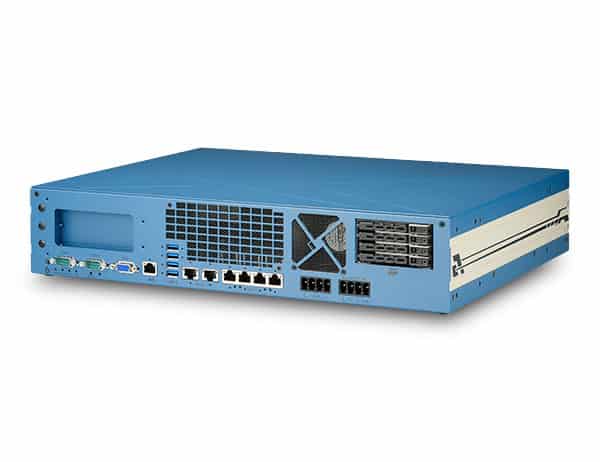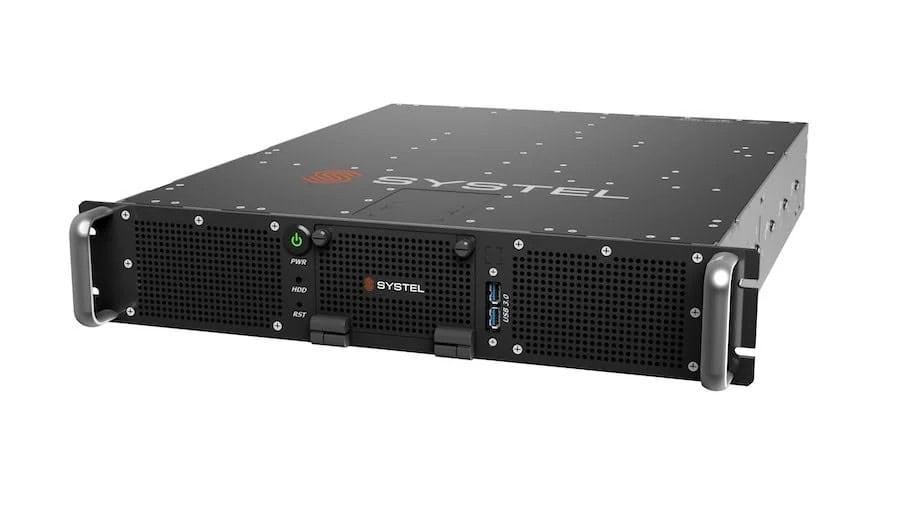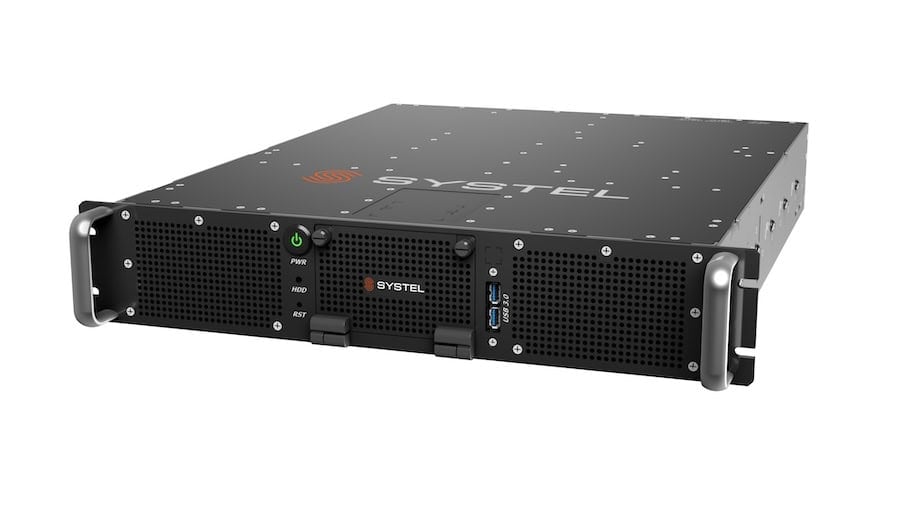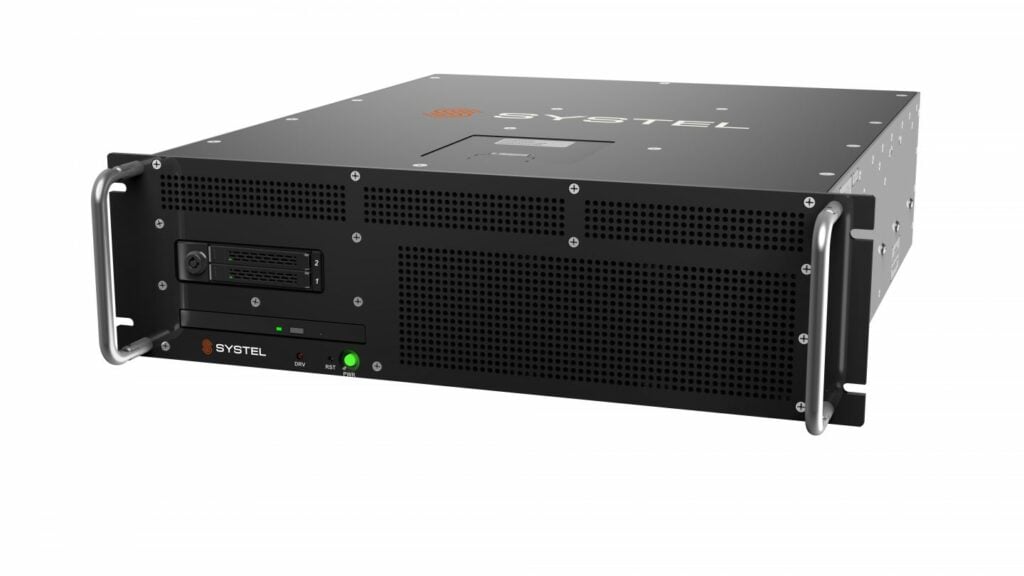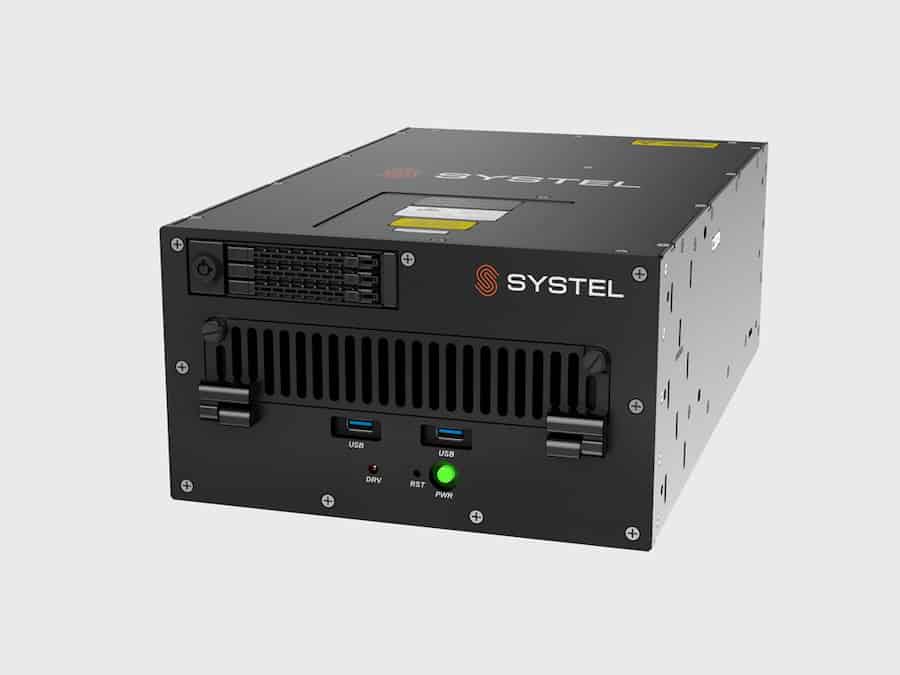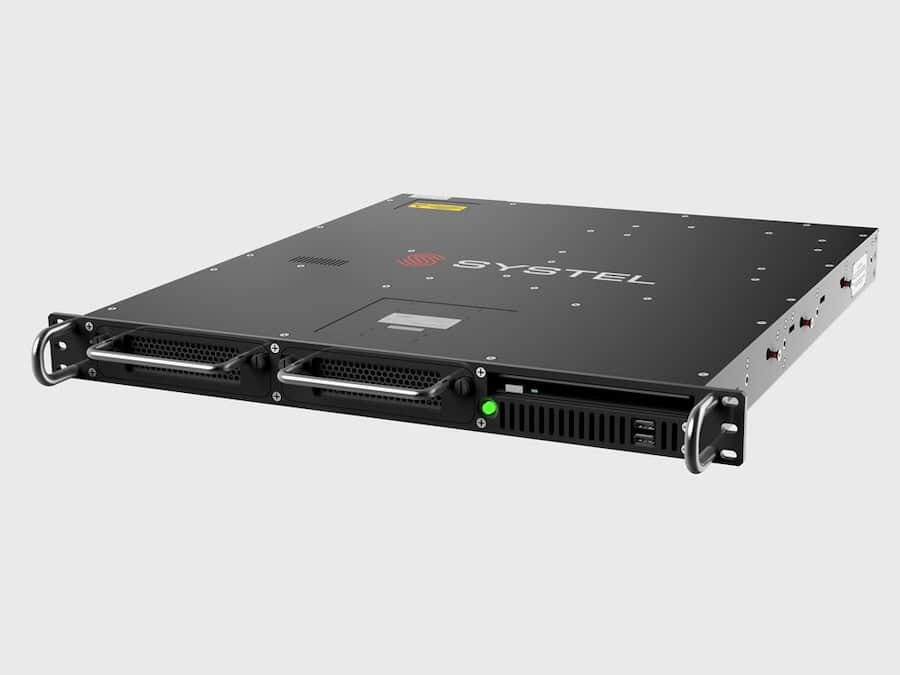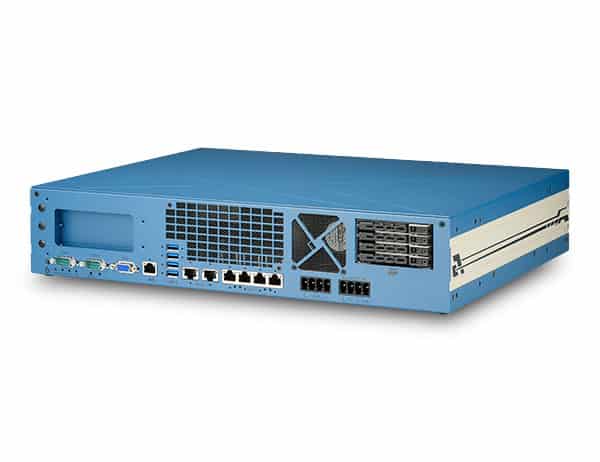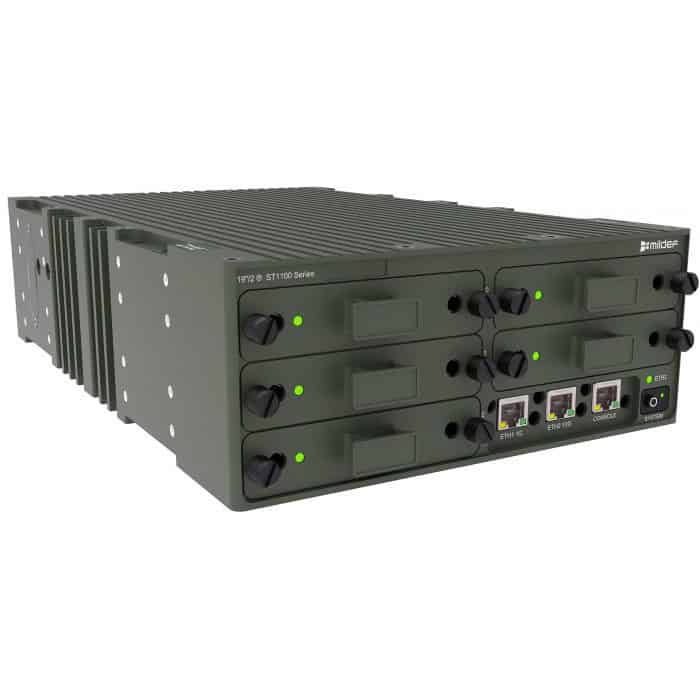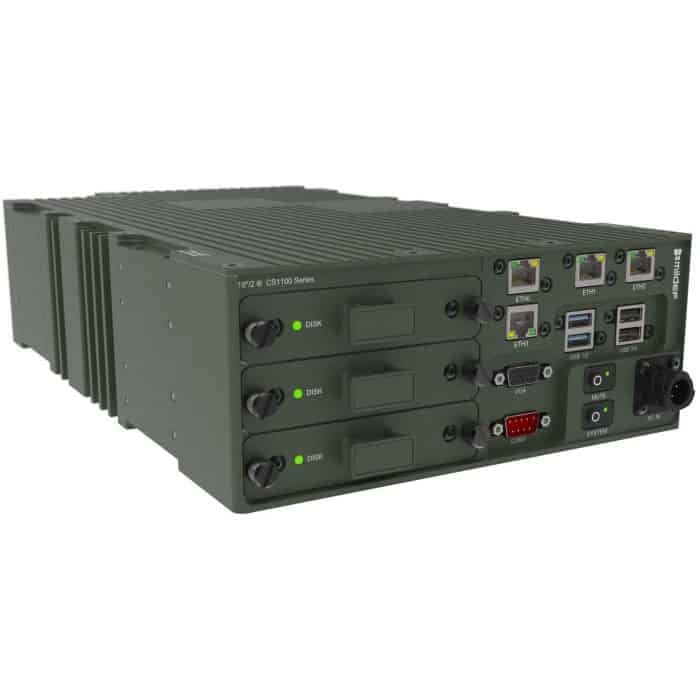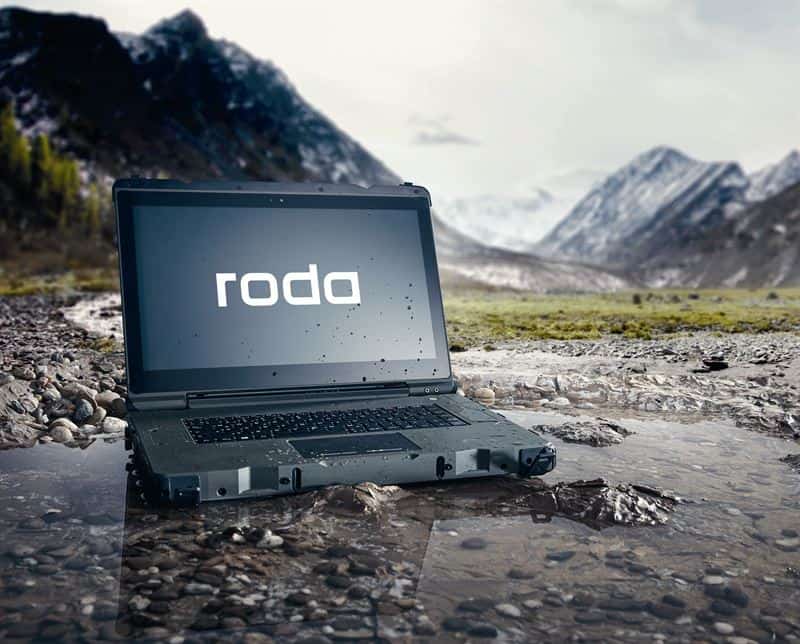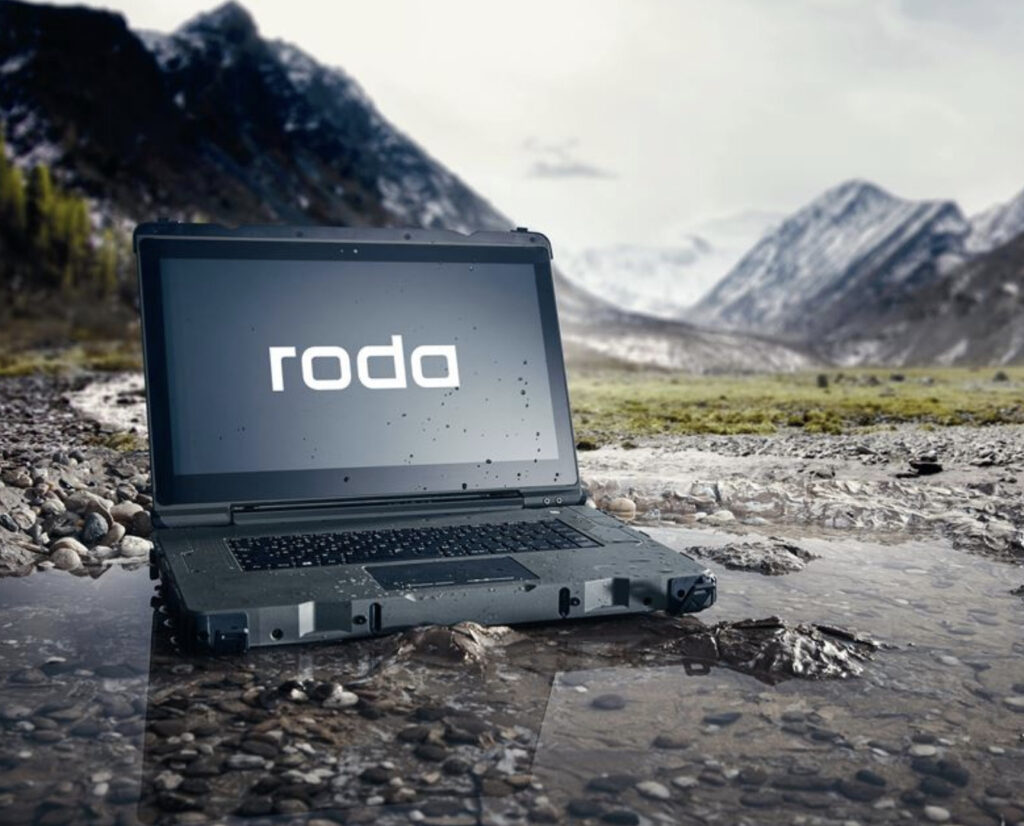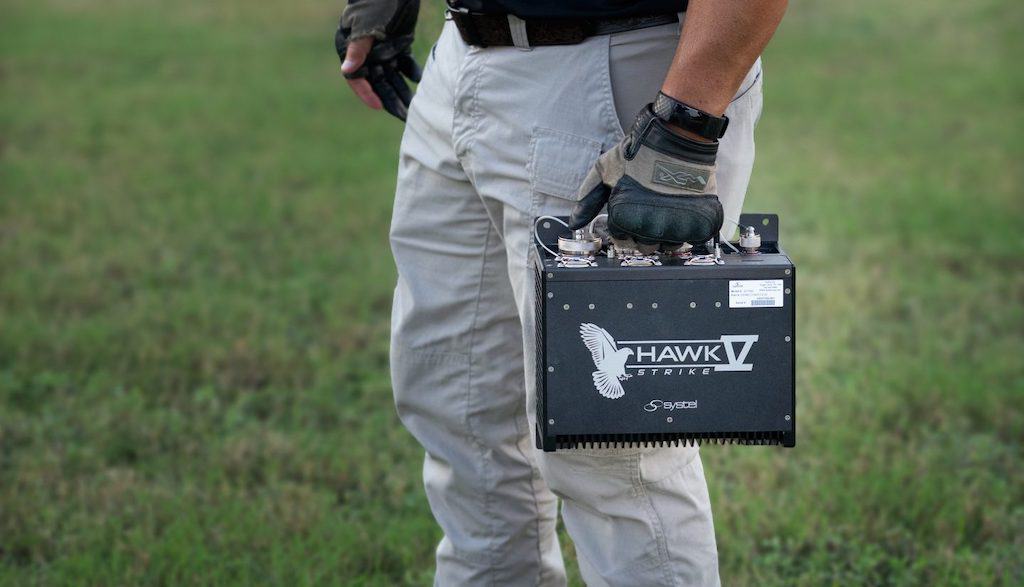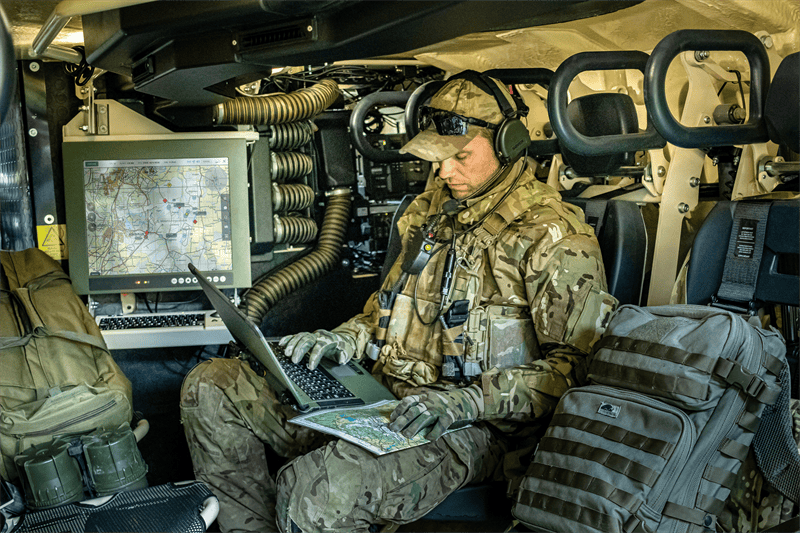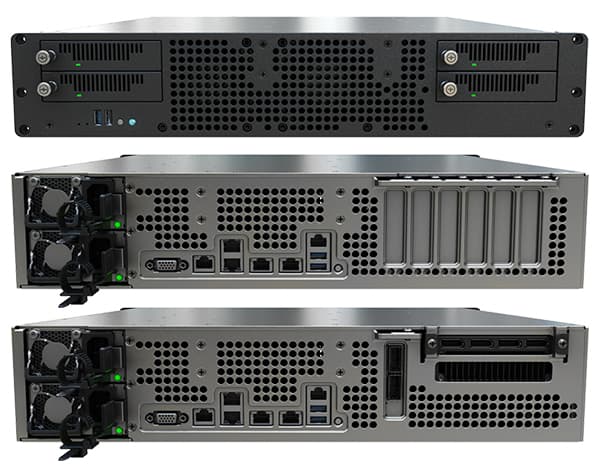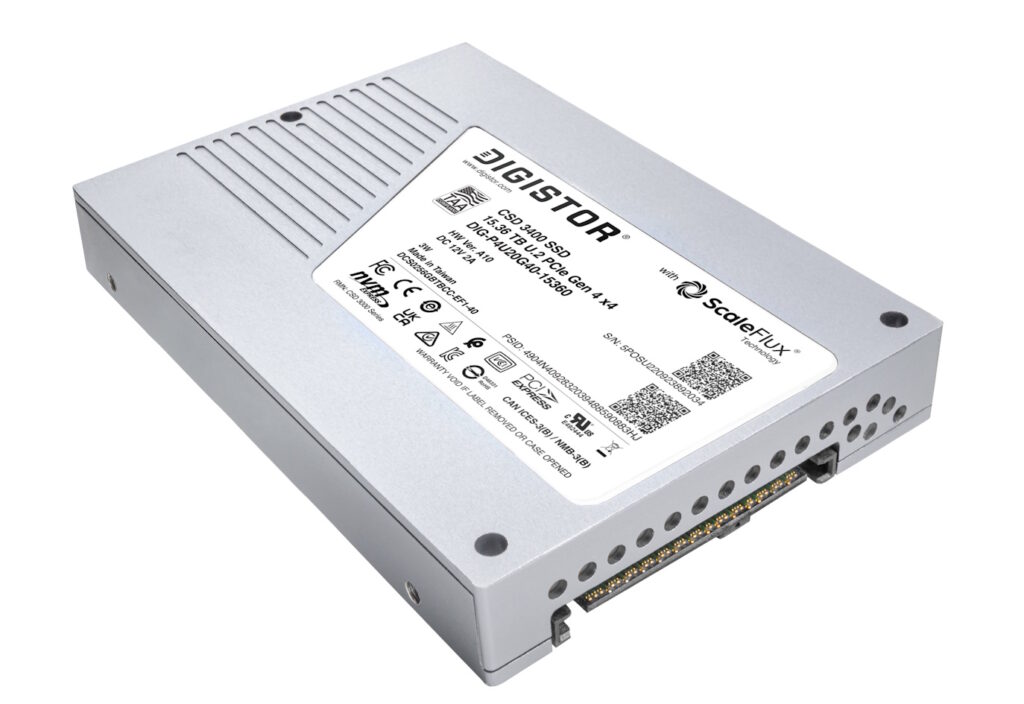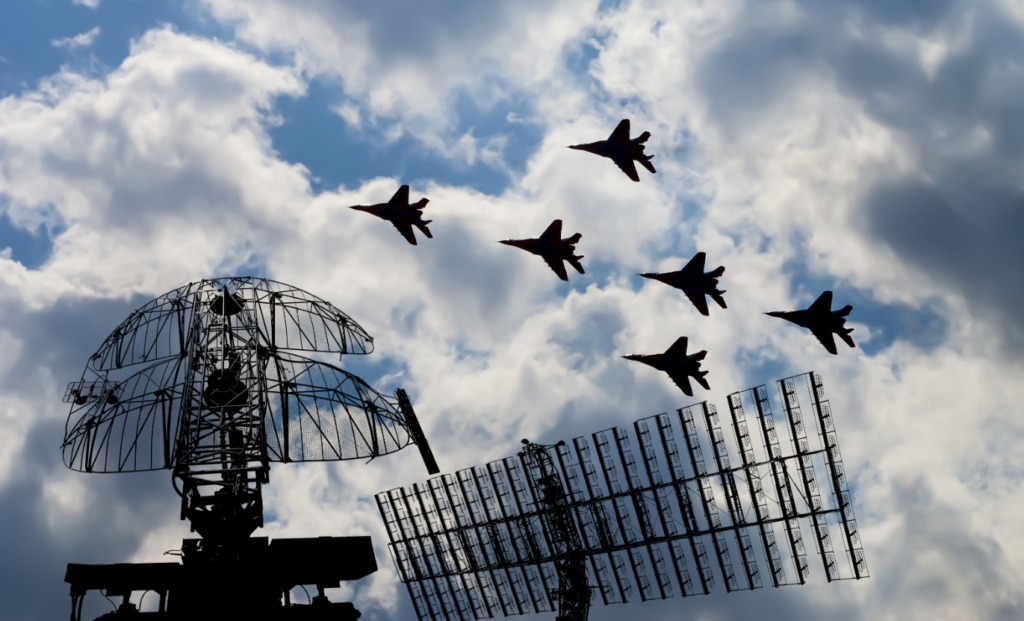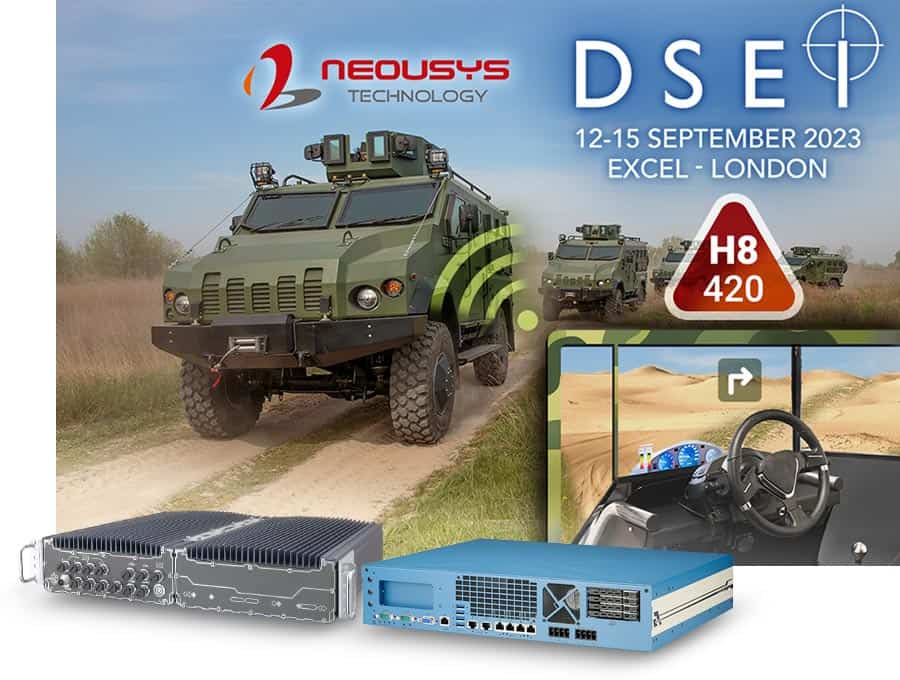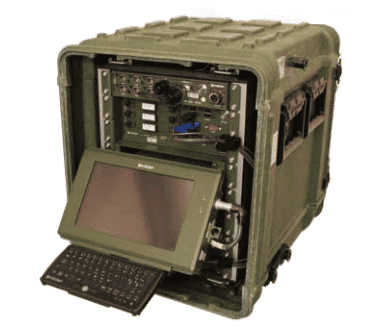Ruggedized Servers for Military & Defense Applications
Rugged military servers are designed to deliver reliable and consistent performance, while withstanding a range of challenging operating conditions under which standard commercial servers would be likely to fail.
Constructed to meet stringent military standards and specifications such as MIL-STD-810 (environmental engineering) and MIL-STD-461 (electromagnetic compatibility), military-grade servers may be built to withstand stressors such as:
Extreme Temperatures
Servers deployed in desert regions may operate in ambient temperatures exceeding 50°C (122°F), such as during operations in the Middle East or North Africa. Arctic deployments, such as those supporting operations in polar regions, require servers to function at temperatures as low as -40°C (-40°F) without performance degradation.
High Humidity
In tropical or maritime environments, such as jungles or naval operations, servers must resist corrosion and short circuits caused by moisture exposure.
Salt Fog and Spray
Naval vessels and coastal bases expose servers to salt-laden air, which can corrode sensitive electronics without proper sealing or conformal coatings.
Dust and Sand
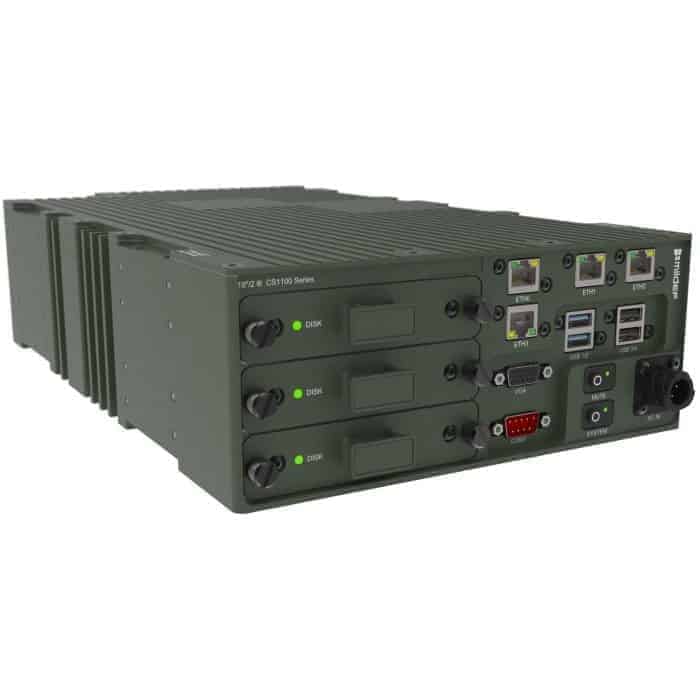
Rugged Military Server by MilDef
Servers deployed in arid desert regions or combat zones during dust storms must prevent ingress of fine particles that could damage internal components or obstruct cooling systems.
High Altitudes
Rugged servers must operate in low-pressure environments, such as in mountainous regions or during aerial missions aboard unpressurized aircraft.
Rapid Pressure Changes
Systems aboard aircraft or submarines must tolerate sudden pressure fluctuations during ascent or descent.
Water & Liquid Ingress
During amphibious or naval operations, servers may encounter temporary water sprays or immersion, and thus may need to meet IP (Ingress Protection) standards for water resistance.
Vibration
Servers installed in armored vehicles, aircraft, or naval vessels must endure continuous vibrations caused by engines, rotors, or waves.
Shock
During transportation or combat, servers may experience sudden shocks from events such as explosions, small arms fire, vehicle impacts, or accidental drops.
Electromagnetic Interference (EMI)
High-powered radar systems, electronic warfare equipment, and communication systems in military environments generate electromagnetic fields that can disrupt electronic components. Rugged servers are shielded to comply with MIL-STD-461 for EMI and electromagnetic compatibility (EMC).
Radio Frequency Interference (RFI)
In environments with heavy use of wireless communication, such as airbases or battlefield command centers, servers must resist RFI that could compromise data integrity.
Fire and Smoke Resistance
During combat scenarios or accidents, servers may encounter elevated temperatures and smoke. Rugged servers often feature fire-retardant materials to prevent damage.
Chemical and Fuel Exposure
In operational zones, servers might be exposed to chemicals like cleaning agents, hydraulic fluids, fuels, or oils. Ruggedized coatings protect against these corrosive substances.






